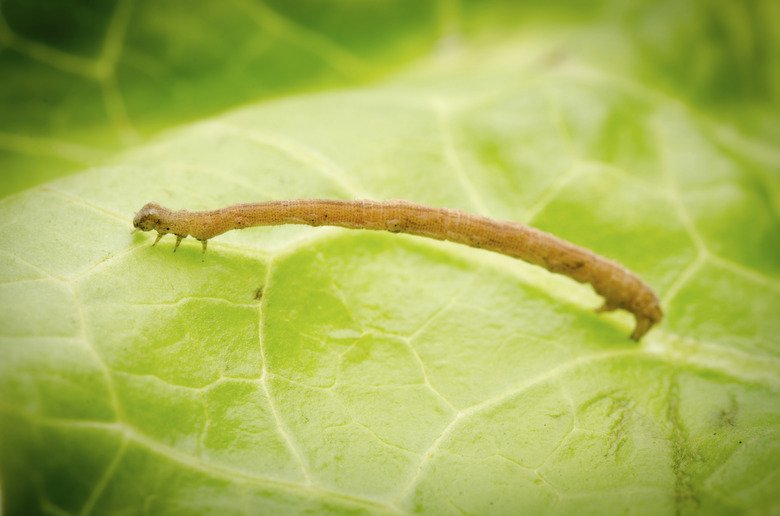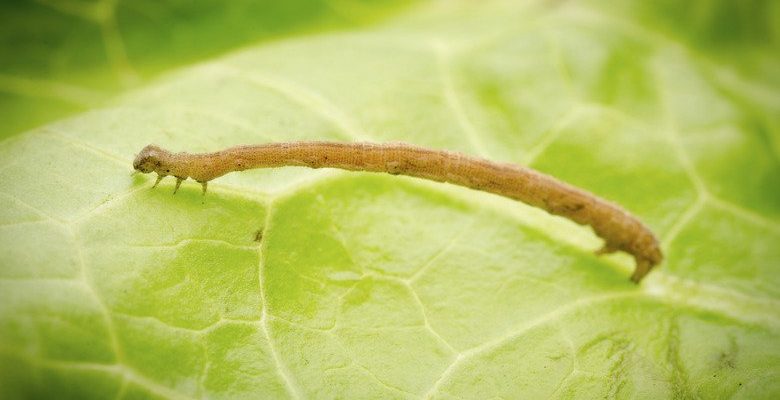
Inchworms, also known as loopers due to their unique movement, are not just fascinating to watch; they are vital players in the ecosystem. While they may not be the star of the show, their contribution to woodland decomposition is essential for healthy forest life. Let’s dive into how these tiny titans affect our woodlands and why understanding their role is important for anyone interested in nature.
What Are Inchworms?
Before we get into their role in decomposition, it’s helpful to know what inchworms actually are. They’re the larvae of certain moth species, typically in the Geometridae family. You might spot them on tree branches or creeping along the ground, and their movement resembles measuring tape—hence the name “inchworm.”
Inchworms have a unique way of moving that involves contracting their bodies into loops. When they move, they extend their front legs and draw their back legs forward. Pretty neat, right? Their green or brown coloring helps them blend in with their surroundings, making them less noticeable to predators. This camouflage is crucial for survival in the wild.
These little guys typically feed on leaves, making them herbivorous. Their appetite for foliage helps control plant growth, which in turn maintains the health of the woodland ecosystem. They’re just one of many players in the complex web of life that keeps our forests thriving.
How Do Inchworms Contribute to Decomposition?
Inchworms play a significant role in the process of decomposition, which is nature’s way of recycling. When they munch on leaves, they break them down into smaller pieces that can be further decomposed by other organisms, like bacteria and fungi. This is where the magic happens—through their feeding habits, inchworms help create nutrient-rich organic matter.
As inchworms consume plant material, they leave behind droppings known as frass. This frass is rich in nutrients and acts as a natural fertilizer for the soil. It enhances soil quality and supports the growth of plants. It’s like inchworms are little gardeners, prepping the ground for new life to sprout.
Moreover, their feeding helps to aerate the soil. By breaking down leaf litter and other organic matter, they create spaces in the soil that allow air and water to penetrate. This benefits the entire woodland ecosystem, creating a healthier environment for plants and animals alike.
The Relationship Between Inchworms and Other Decomposers
Inchworms don’t work alone in the grand scheme of decomposition. They are part of a larger community of decomposers, which include fungi, bacteria, and other insects. Each of these groups plays a unique role, creating a symbiotic relationship that ensures efficient recycling of nutrients.
Fungi, for instance, break down complex organic materials that inchworms might not be able to digest fully. This partnership allows for a more complete decomposition process. Imagine it as a team: inchworms do their part by breaking down leaves, while fungi tackle tougher materials, like wood. Together, they help return nutrients to the soil.
You might be wondering how this affects the forest as a whole. Well, as inchworms and their decomposer buddies break down organic matter, they release essential nutrients back into the earth. This process supports plant growth, which in turn provides food and shelter for a myriad of woodland creatures. It’s all interconnected—when one part thrives, the whole community benefits.
The Impact of Inchworm Population Dynamics
The health of inchworm populations can directly influence woodland ecosystems. A healthy population indicates a robust food web, while a decline can signal problems within the environment.
Factors like pollution, habitat destruction, and climate change can impact inchworm numbers. For example, an increase in pesticide use can harm their populations, leading to fewer decomposers in the ecosystem. If inchworm numbers dwindle, the decomposition process slows down, which can affect plant health and, ultimately, the entire woodland community.
So, what happens when inchworm populations bloom? During certain times of the year, you might find them in high numbers, particularly in spring. When the leaves are fresh and abundant, they feast, and their frass can lead to an increase in soil fertility. This can set off a chain reaction, promoting the growth of various plants and other wildlife that depend on a thriving ecosystem.
Why Should We Care About Inchworms?
You might think, “They’re just little worms—what’s the big deal?” But here’s the thing: inchworms are a vital part of our ecosystems. They show us how interconnected life is in woodlands. When you pull one small thread, you see how it unravels the whole tapestry of nature.
Understanding the role of inchworms in woodland decomposition allows us to appreciate the complexity of ecosystems. Protecting their habitats is crucial. When we take care of the environment, we ensure that all creatures—big and small—can thrive. It’s a reminder of our responsibility to the natural world.
So, next time you’re walking through the woods, take a moment to notice the inchworms. They may be small, but their impact on decomposition and health in the forest is anything but insignificant.
Inchworms are more than just cute creatures inching along the forest floor; they are essential components of woodland ecosystems. Their role in decomposition supports the health of the soil and promotes plant growth, benefiting countless other species. By fostering a deeper understanding of these little beings, we can better appreciate the delicate balance of nature.
Next time you see an inchworm, take a moment to acknowledge its hard work! Each inch they travel contributes to the greater good of the woodland environment. Let’s ensure that our forests remain healthy and vibrant for generations to come.

